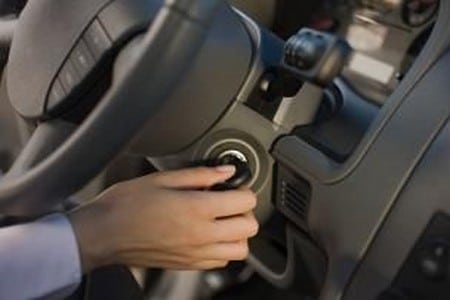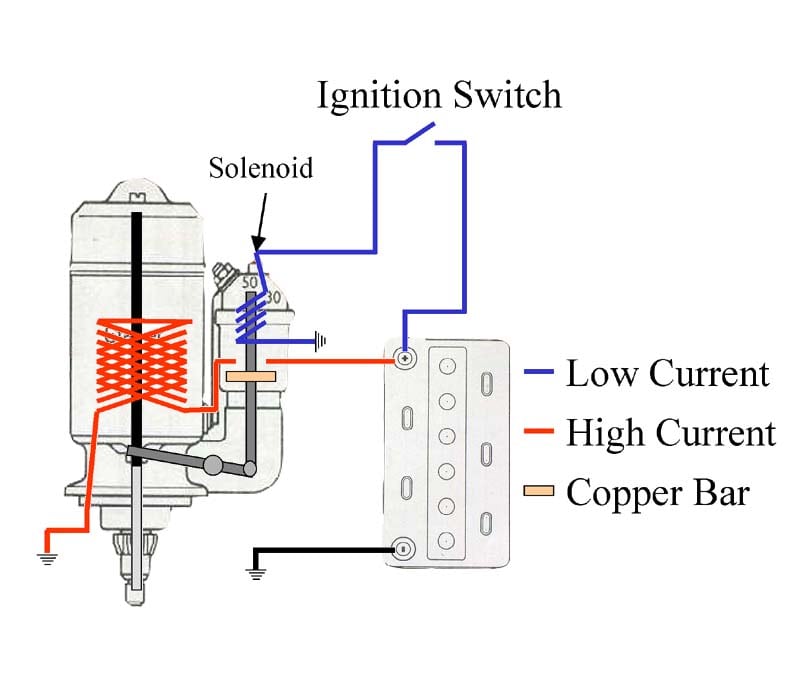Nothing is more frustrating than turning the key on your car and.. nothing. Even worse is when you try again, then again and it turns over as if nothing’s wrong and runs just fine.
The first assumption most will make is that the starter solenoid is going bad. This is likely true, but not always the case. Several things could be contributing here. What we are assuming here is that your car is “turning over” but not “catching” (starting). This is usually a fuel or spark issue, but could be something else. If your car is doing nothing when you turn the key, you have a different issue, which we discussed here.
Diagnostics
So we start with the simple things and work our way up to replacing relatively expensive parts like the starter.
Battery & Starting Circuit
Have the battery tested (specifically the battery, not the charging system) and then test the circuit from the battery to the starter solenoid. You want to know the actual output (amps) versus what it’s supposed to be putting out (it’s listed amps). This will tell you if the battery is not charging to full or is not retaining charge – i.e. is the battery “bad”? The circuit test to the solenoid will also show whether the wires are loose, connections are defective, or something similar is creating interference to keep the battery’s power from getting to the solenoid on demand.
Ignition Switch
Next, test the ignition switch. As Big Block 409 explains in our forum question, “Turn the ignition key to the on position. This is the first position before turning the key all the way forward to the full start position. If the red and amber (dash warning lights) on your dash don’t light up.. then the Ignition Switch is defective and must be replaced. If the “Red and Amber” lights do light up, then turn the key all the way forward to the full start position. At this point, the lights should turn off while the ignition key is in this position.”
He also points out the old “headlight dim” test, which uses the above, but with the headlights on. If when the key is turned to the start (turn the engine over to start the car) position the headlights do not dim, the ignition switch is likely bad.
Hammer the Starter Test
Finally, we come to the old school “hammer the starter” test. This requires two people. While one is turning the key to start the car, the other is underneath the car with a rubber mallet striking the starter. It it squarely upwards, then slightly to each side, and then “back” (towards the transmission). Strike it firmly, but not with any more force than you can muster using only your forearm from the elbow. If one of these strikes activates the starter, then there is either a loose internal connection or some similar problem in the starter that is preventing it from activating every time. If this test can be repeated reliably (test results in car starting most of the time), then you’ve likely got a defective starter.
Replacement
Starter replacement is a relatively easy job that most DIY mechanics can do. Watch for our next DIY Mechanics article, where we’ll talk about changing out a bad starter and solenoid.







